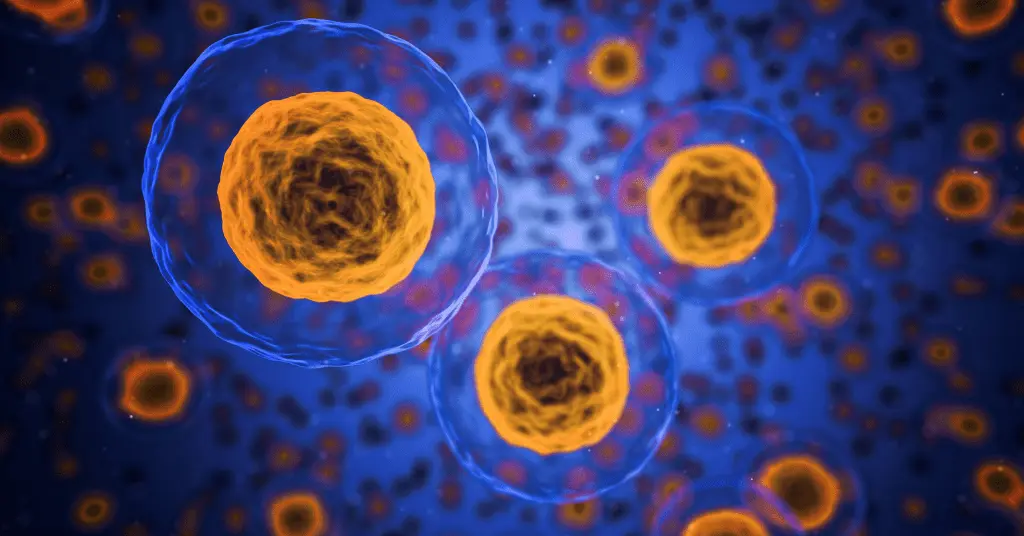AI Answer Evaluation Platform Live Now. Try Free Answer Evaluation Now
Theory of Continuity of Germplasm
August Weismann an evolutionary biologist gave the theory of continuity of germplasm in 1892 wherein he proposed in his book Die Kontinuitdt des Keimplasmas als Grundlage einer Theorie der Vererbung (The Germ Plasm: a theory of inheritance) that the germ plasm is the unaltered genetic material that is passed from generation to generation in the form of the germ line cells and their descendant gametes.

Weismann’s hypothesis was founded on the notion that sperm and eggs contain germ cells that carry the germ plasm that results in the creation of an individual. The germ plasm consists of the hereditary material which is inherited by the successive generations. All other cells in an individual are known as the somatic cells that contain protoplasm called somatoplasm and are acquired, meaning they cannot be passed down to succeeding generations. Only a small number of cells in humans have the ability to produce gametes, and they are referred to as the germ cells. These cells are passed down to the next generation regardless of mutations, whether they are harmful or beneficial. The somatic cells form blood cells, muscle cells, nerve cells, glands. Therefore variations occurring in the somatic cells cannot be inherited and it can never possibly lead to evolution since there is absence of genetic drift and natural selection.
Weismann disproved the theory of inheritance of acquired characteristics by Lamarck by performing an experiment wherein he differentiated between germplasm and somatoplasm. Weismann anticipated the continuity and immortality of germ cells and the diversity and mortality of the somatic cells.
Weismann’s Continuity of Germplasm Theory Experiment
With the use of a mouse experiment, Weismann demonstrated the validity of the germ plasm continuity hypothesis. By chopping off the mice’s tail for 22 continuous generations and letting them breed, he demonstrated his experiment. The mice who had their tails cut produced offspring with normal-sized tails in every generation. This demonstrated Weismann’s claim that the acquired somatic trait of a shorter tail resembling the parent was not passed down to next generations since none of them were born tailless or with shorter tails because it was not present in the germ plasm. This supported the hypothesis that differences at the germinal level that are inherited across people are caused by the germ plasm. Similar to that, somatoplasm stops when an individual dies.
Criticism
- Because it did not corroborate the experimental findings of lower organisms like sponges and coelenterates, which are able to form germ cells from somatic cells which could be inherited, the germ plasm theory was not accepted.
- The asexual reproduction and regeneration, in which the germ plasm is not involved in the formation of an individual but allows succeeding generations to pass on traits like those of their parents, were not able to be explained by Weismann’s germ plasm theory.
The work of other scientists and Weismann’s germ plasm hypothesis contributed to the understanding of heredity, development, and evolution. Weismann expected that the researchers would benefit from his theory of germ plasm in understanding the roles of hereditary material.
The division of somatoplasm and germplasm during embryogenesis is enhanced by the germ plasm theory.
Weismann in his theory distinctly mentions about characters that are inherited which are located in the chromosomes which further fuelled the understanding of heredity.
References
- Weismann, A. (1893). The germ-plasm: a theory of heredity. Scribner’s.
- Winther, R. G. (2001). August Weismann on germ-plasm variation. Journal of the History of Biology, 34, 517-555.
- Pagel, M. D. (2002). Encyclopedia of evolution.




